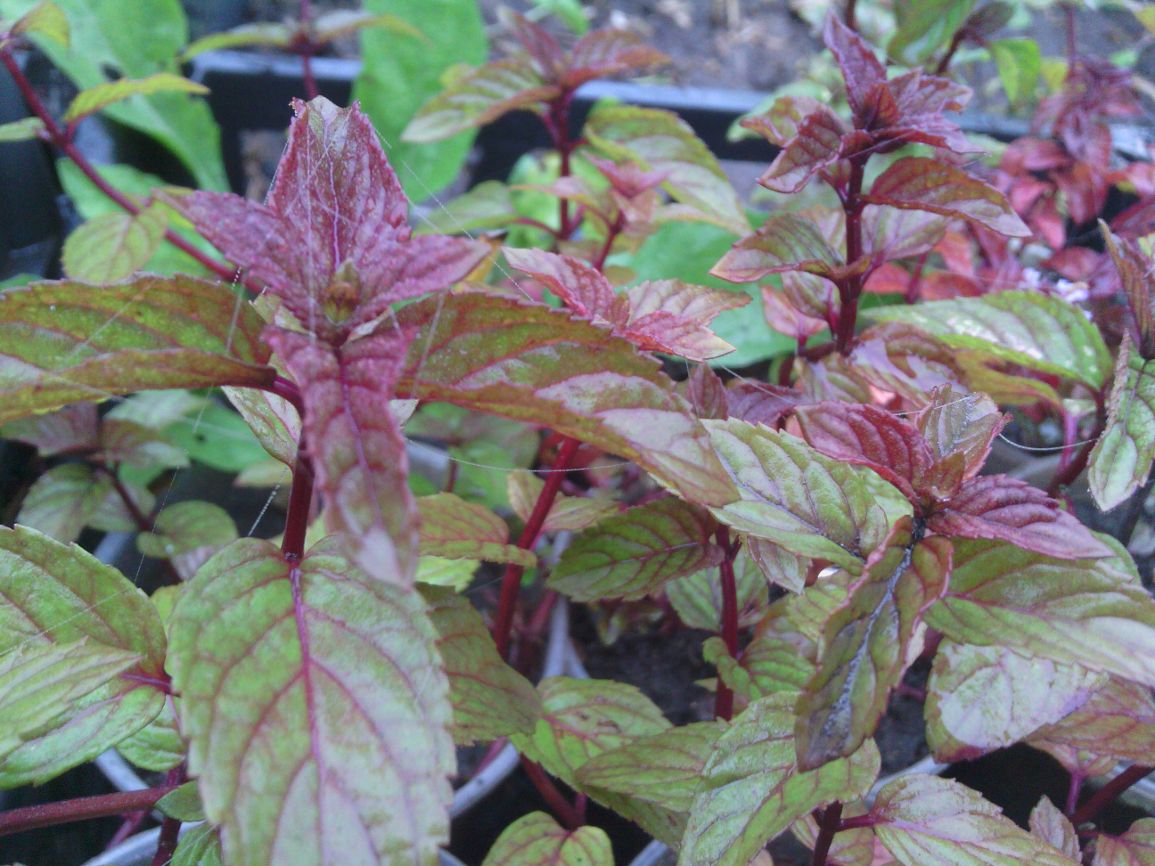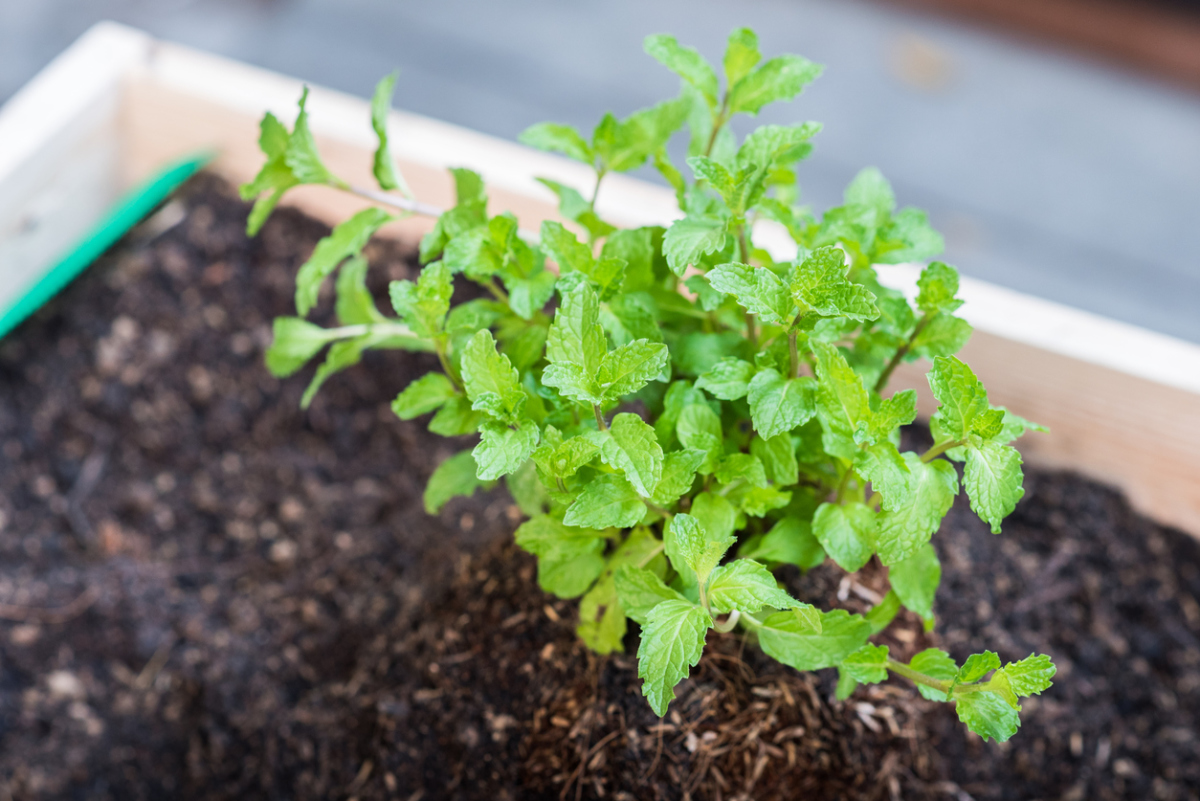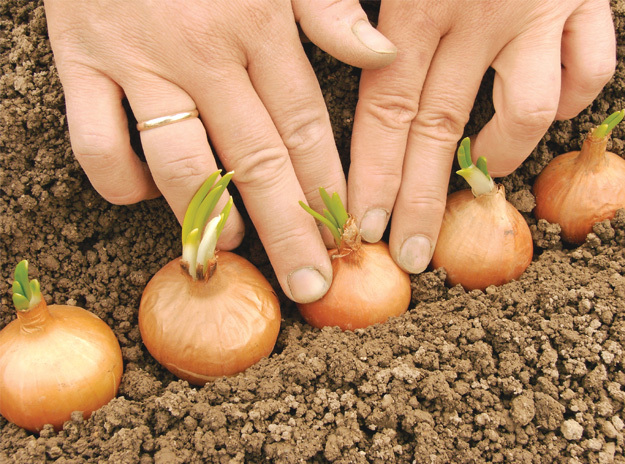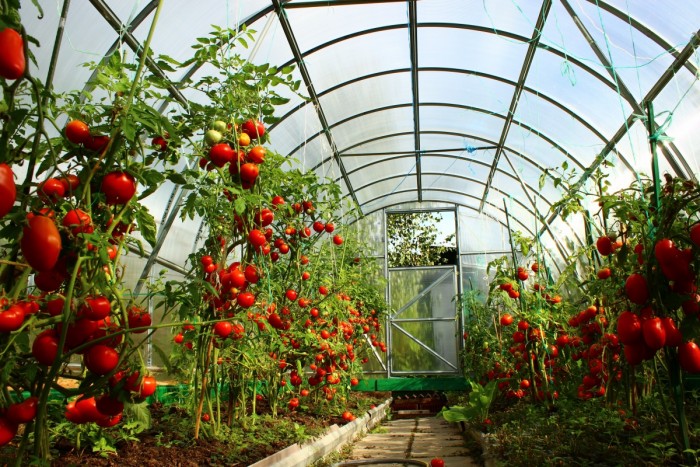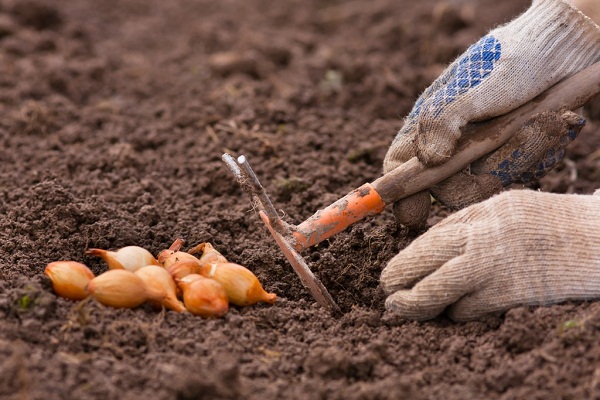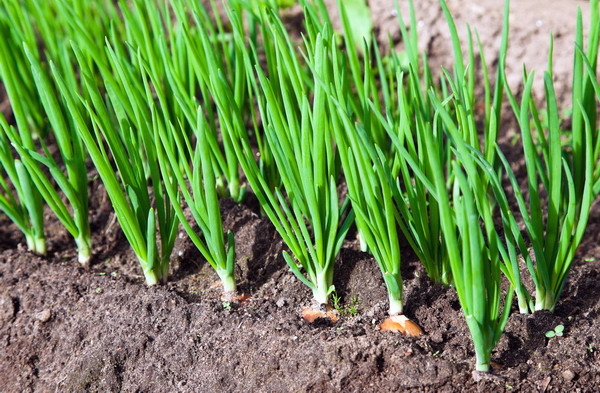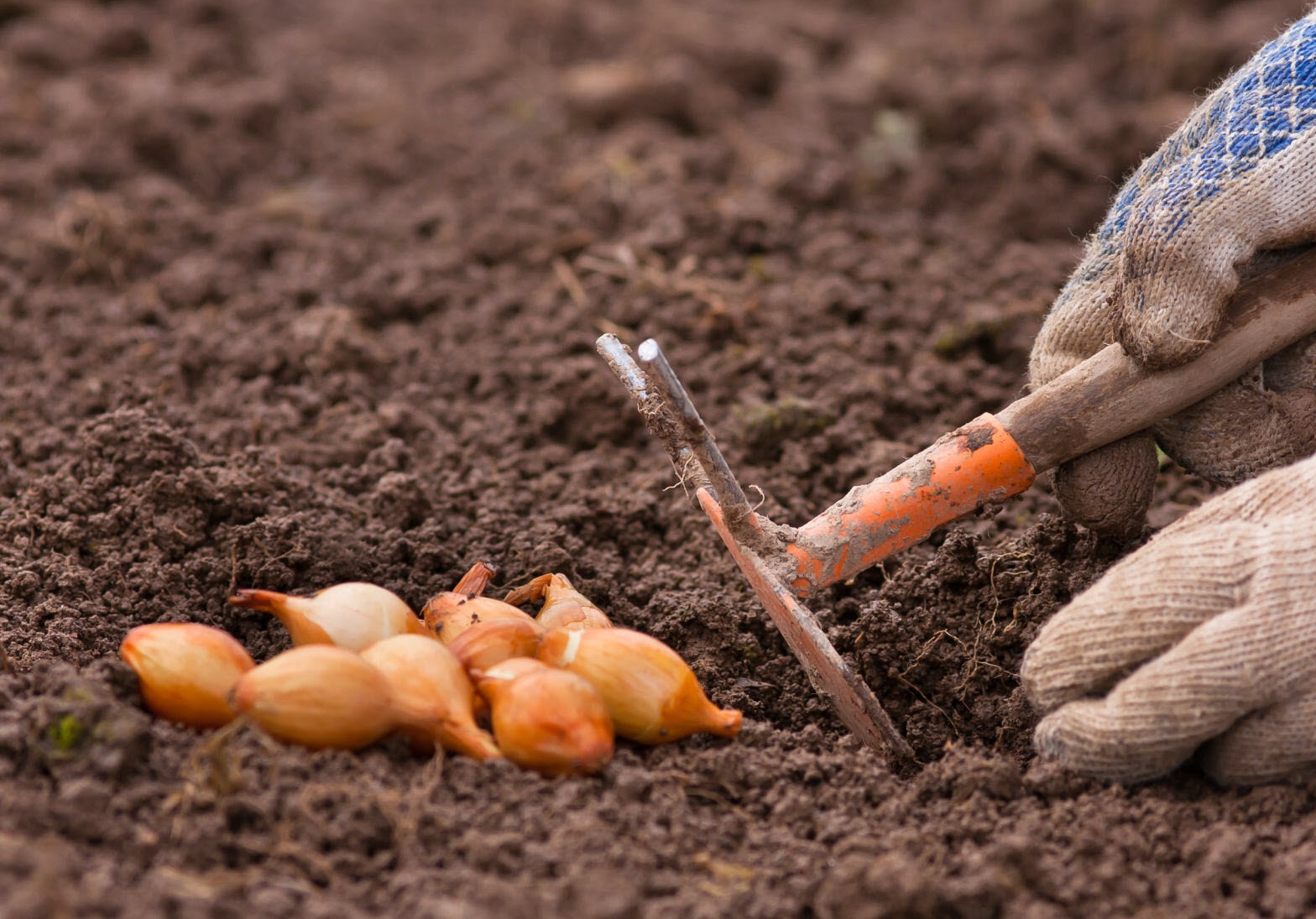Mint is a perennial plant in the Lamiaceae family. The beneficial properties of this herb have been known since ancient times. Fragrant teas and mint infusions perfectly refresh and tone, relieve headaches, relieve symptoms of poisoning. Mint leaves are used in cooking for cooking and decorating dishes, and essential oils and menthol released from them are actively used in cosmetology and aromatherapy.
Some types of mint are not capricious, so there is no need to create special conditions and they can be grown in almost any region. These are mainly species that appeared in the wild. Hybrid varieties are most often demanding on soil and lighting.
Species of mint
According to The Plant List, there are 42 varieties of mint. The most common ones are:
- Home... This mint can be grown in a pot at home for decorative purposes or as a condiment. The rich aroma of this herb repels mosquitoes and other insects. The plant can be annual, and with good care it grows for at least 5 years;
- Pepper... This is a hybrid melliferous plant, not found in the wild. Mint has a scorching taste. It is commonly used in medicine due to its regenerating and soothing properties. In cooking, it is used to prepare dishes with a rich taste. Growing peppermint seeds from seeds is the best breeding method in the garden;
- Menthol... Derived from pepper and has a high menthol content. Possesses a pungent smell and taste. It is an excellent medicine for bronchitis. A distinctive feature is frost resistance;
- Curly or curly... The homeland of this mint is America. In terms of characteristics and properties, curly mint is close to peppermint, but does not have a cooling effect due to the absence of menthol in the composition. Carvone and linalool give a strong taste and aroma. It is widely used in the tobacco industry and soap making;
- Melissa or lemon mint... The Mediterranean is home to this plant. Due to the high content of vitamin C in the composition, mint has a pronounced lemon taste and aroma. The plant is extremely unpretentious, frost-resistant, reproduces well by self-sowing. Seeds are carried by the wind, so the plant grows very quickly on the site;
- Chocolate... Grows very well in damp areas. It has a delicate chocolate aroma and sweet taste, therefore it is very popular with confectioners. With sufficient light, the leaves turn brown. This type of mint is best planted in a container, as it grows with lightning speed and is almost impossible to get rid of;
- Field or wild... It has a wide distribution area: from India to Europe. Does not need maintenance, does not impose any requirements on the composition of the soil. The best habitat for her is river banks, wetlands and other areas with moist soil. Has a pungent strong odor. It is used in aromatherapy and dietetics. Inhalation of field mint essential oils greatly reduces appetite;
- Long-leaved... Most often found in Africa, Asia and Europe. It has a thick spicy aroma, therefore it is used in the preparation of green cheese. This variety is demanding to care for: you need to observe the water regime and ensure sufficient exposure to the sun during the day. Reproduction occurs by roots;
- Mexican... It has a very decorative appearance, the inflorescences consist of a large number of miniature flowers of white, pink and blue shades.Not resistant to frost, so for the winter it is better to transplant mint on the windowsill. Doesn't like shadow. Blooms from the first year of life. Most often used in cosmetology;
- Feline... It mainly grows in the wild: on the roadside, in holes, in the forest. Mint has its own individual citrus aroma thanks to the nepetalactone esters that attract cats. Gardeners often grow catnip in their garden as it is a valuable honey plant. Mint decoction is effective in treating nervous disorders and diseases of the gastrointestinal tract;
- Doggy... Most often found in regions with a temperate climate. It is widely used in medicine for the preparation of tonics, wound-healing compresses. It is practically not used in cooking, as it has a very bitter taste and burns the mucous membrane. It is planted on the site in the form of a honey plant;
- Swamp... It grows in hot climates and in northern regions, it is not demanding on soils. Due to the high content of pulegon in the composition, marshmint essential oil is often used in perfumery;
- Korean... Mainly grown in Asia as an ornamental shrub and also as a medicine. This mint is the leader in its medicinal properties. It has a beneficial effect on the immune system, improves blood composition, has a disinfecting effect, and is effective in treating the liver and respiratory tract. It has a complex aroma of anise, oregano and mint notes.
It is not known exactly how many more varieties exist. Species of mint with various aromas are gaining popularity: banana, pineapple, apple, ginger, basil or a bouquet of several smells at once.
Planting mint
Before planting mint in the country, you need to find the optimal place, since garden mint, unlike its wild relatives, makes demands on soil, lighting and proximity to other crops. The best precursors for mint are root vegetables. The planting area should be well lit and the soil should be moistened. Flowers, vegetables and other plants that are treated with chemicals during the growing period should not be planted next to mint. Do not forget that mint roots grow very strongly, and the plant fills large areas. Therefore, it is worthwhile to allocate a separate area for it, or to bury iron plates in the ground to the depth of root germination. Mint prefers loose, neutral soils.
Planting and caring for mint in the open field depends on the chosen timing:
- Spring is the best time to plant mint seeds in open ground, as in winter the seeds will disappear due to frost, and summer seedlings will not have time to gain strength before the onset of frost. Cutting is also a good way for spring plantings;
- In autumn, it is better to plant mint by dividing the bush. If the winters in the region are not too harsh, then planting by cuttings is also possible;
- In the summer, planting by cuttings is most often chosen. The optimal planting time is July-August.
Planting methods for mint:
- Mint seeds. It is best to buy planting material in a store, this gives a guarantee for a high-quality harvest. You can collect the seeds yourself, but this is a long and painstaking process, moreover, the seeds do not always inherit the characteristics of a hybrid. Therefore, after sowing, there is a high probability of getting wild mint.
At the initial stage, sowing is best done on the balcony or at home, since it is quite difficult to grow mint from seeds. This will require small planting containers, drainage and high-quality soil, enriched with vitamins and trace elements. It is necessary to sow seeds in a moistened soil to a depth of 0.5 cm. After that, the container must be covered with cling film and left for 10-14 days at a temperature of + 20 ... + 25˚ С. The optimal location is a balcony or windows with south, south-west or east side.If all the conditions are met, after 2 weeks the seedlings will begin to sprout and when 2 true leaves appear, it can be transplanted into separate containers 10 cm deep. The sprouts are placed in a cool place for 7-10 days, after which they can be planted in a sunny area, keeping intervals of 30 40 cm between plants. This planting method is quite difficult for beginners, so it is recommended to either purchase ready-made seedlings, or try to grow mint in another way.
- Cuttings - an easier method of planting mint, its success depends on how correct the cutting will be. You need to choose the strongest and healthiest branches and cut off about 10 cm (so that there are at least 2 rosettes of leaves on the petiole). The stalk is placed in a glass of clean water until the roots appear. Water can be topped up if necessary. The best planting time is the first decade of May. A cutting is suitable for planting, the roots of which have grown by 2-3 cm. They are planted in holes 5 cm deep at a distance of 15 cm from each other;
- Dividing the bush - the easiest way, since mint by nature has the feature of strong growth due to the root system with dormant buds. The root must be separated so that at least 10 buds remain on it. It can be immediately planted in a new place by preparing a hole of the appropriate size and laying the bottom with humus. Using this method, the characteristics of the parent variety are fully preserved.
Propagation of mint
- Transplanting a bush with an earthen clod;
- Rooting of plant parts (leaves, branches);
- Division of the rhizome.
Mint care
Since planting mint without skills is rather difficult, you need to take care of soil preparation and subsequent care in advance:
- It is necessary to add humus and rotted manure before sowing mint;
- After planting, you need to ensure timely watering, the soil should not dry out. Most often, daily but moderate watering is required. Excess moisture leads to the appearance of the leaf beetle. It is almost impossible to get rid of it, therefore it is better to take preventive measures - to drain the flooded soil by loosening and removing excess branches that interfere with the free movement of air;
- Loosening and removing weeds to avoid waterlogging and fungal infections. The greatest harm is caused by powdery mildew, it covers the plant with a sticky, non-peelable bloom and destroys the leaves. Timely removal of weeds and thinning of bushes helps to prevent the appearance of this fungus. For treatment, you can use a weak solution of colloidal sulfur, since it is harmless to animals and humans;
- For prophylaxis against diseases and pests, the bush must be thinned out throughout the spring and summer season. Poor ventilation leads to the appearance of aphids, slugs and other insects, as well as to a fungal disease - rust, which cannot be treated, and the bush must be destroyed;
- You can increase the volume of green mass by completely pruning the bush in the spring;
- Chemicals can be used to control pests and diseases, but after harvest. In autumn, the garden is treated with Karbofos. The solution is prepared according to the instructions on the package;
- Once every 4 years, you need to change the location of the bush;
- For the winter, the garden bed is insulated with coniferous branches, manure or straw;
- On heavy soils, you can mulch the soil with peat 5 cm thick, this will loosen the soil and give food to the roots;
- Feeding with nitrogen and phosphorus should be done 1-2 times a month;
- Weeds destroy the mint root system, so the ground around the bush must be dug up in spring and autumn;
- When harvesting, only the leaves are cut without touching the stem, since the plant may die from the wound.
For mint, you need to organize not only care, but also a restriction. It grows very strongly and captures territories. To avoid this, you need to dig in the space around the plant, but this is not always effective. It is best to bury metal root fences in the ground to a depth of half a meter.
Harvesting can take place in several stages. The first shearing of greens is done 15-20 days after germination. The leaves at this time are very tender and are great for cooking. If you need to prepare the mint for drying, then the optimal harvest time is the beginning of flowering. The amount of essential oils in the leaves is maximum at this time.
Mint is a plant with exceptional properties. It is good both as a decorative garden decoration, as a valuable medicinal plant, and as a seasoning or herbs for cooking. In industrial production, it is also widely applicable: the manufacture of cosmetics, perfumery, the tobacco and canning industry. The variety of species and varieties of mint will allow you to choose the one that best suits your taste preferences and performs the necessary tasks.

